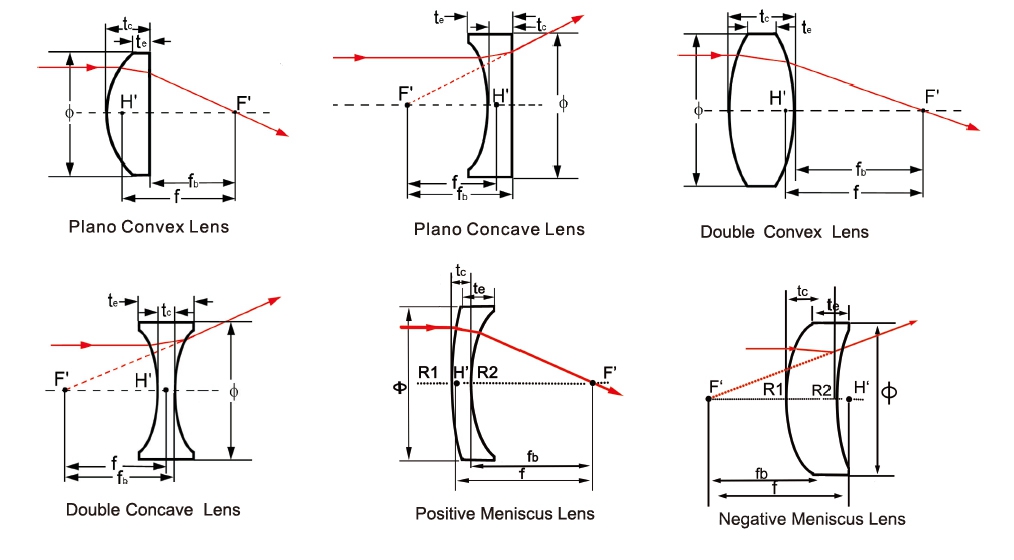Recently, Yang Liangbao, a researcher of the Liu Jinhuai Research Group of the Institute of Intelligent Machinery of the Chinese Academy of Sciences' Hefei Institute of Material Science, successfully prepared a single-surface-enhanced surface-enhanced Raman spectroscopy (SERS) nanoreactor and used it to monitor and detect plasma-driven and Two chemical reactions catalyzed by small size gold nanoparticles. This result not only realizes the detection and monitoring of the two catalytic systems, but also has important significance for designing a better SERS activity platform and monitoring the catalytic system. Relevant results were published in the Chemical Communications magazine of the Royal Society of Chemistry (Chem. Commun. 2015, DOI: 10.1039/C5CC03792A). In recent years, monitoring of plasma-driven and gold nanoparticle catalyzed reactions has received widespread attention, so researchers designed and expanded a variety of monitoring systems. As is well known, surface-enhanced Raman spectroscopy (SERS) has become a powerful analytical method. Compared with other vibrational spectra, SERS technology can not only improve the sensitivity of detection, but more importantly, it can also provide molecular fingerprint information. These advantages make SERS the best analytical tool for detecting and monitoring catalytic reactions. However, most nanostructures as SERS active substrates still have problems such as uneven construction of hot spots and easy agglomeration of nanostructures. These problems make SERS detection have poor reproducibility. In response to the above problems, the research institute of the Institute of Science and Technology designed a hybrid bimetallic nanostructure that can combine the characteristics of two metals into one nanostructure: using one-dimensional silver nanowires as a template, the synthesized small size positive Charged gold nanoparticles are assembled onto silver nanowires using electrostatic adsorption. Orderly modification of the gold nanoparticles on the silver nanowires, plasma coupling between the particles and the lines, and ordered assembly of the gold particles make the entire system act as a SERS active platform, solving the SERS activity of silver nanowires due to longitudinal The plasma absorption in the near-infrared region can not be matched well with the laser and weakens the problem, successfully achieving detection of the target's sensitivity and reproducibility. The single-dimensional SERS reactor designed by researchers can achieve both plasma-driven monitoring of chemical reactions due to the plasma coupling of particles and lines and the catalytic effect of small-sized gold nanoparticles. Monitor the reaction catalyzed by gold particles. What's more, since the length of silver nanometers is on the order of microns, it can be clearly positioned under a Raman optical microscope, which allows the catalytic system to be confined to a fixed area, reducing the interference of the surrounding substrate. The research work was supported by the national special scientific equipment development special task, the national major scientific research plan nanometer special project and the National Natural Science Fund.
Double-Convex Lens, also named Bi-Convex Lens,composing of two convex surfaces, has a positive focal length. DCX Lens is most suitable where the object and image are on opposite sides of the lens and the ratio of the image and object (conjugate ratio) distances is between 0.2 to 5. It is used in beam expanders,projection optics systems, optical viewers applications etc.
We also supply kinds of plano-convex spherical lenses,plano-concave spherical lenses,bi-convex spherical lenses,bi-concave spherical lenses,meniscus spherical lenses,special spherical lenses,achromatic spherical lenses,ball lenses,sphere lenses etc..
Specification of our Spherical Lens as follow:
Custom Wide Variety of Diameters and Focal Lengths. Double-Convex Spherical Lens,Double-Convex Lenses,Double-Convex Ar Coated Spheric Lenses,Double-Convex Spheric Lens China Star Optics Technology Co.,Ltd. , https://www.csoptlens.com

*Material: BK7,fused silica,MgF2,BaF2,CaF2,ZnSe,ZnS,Ge or other optical crystals
*Dimension Tolerance +0.0 -- -0.1mm
*Center Thickness +/-0.1mm
*Focal Length Tolerance+/-1%
*Surface Quality:60/40
*Surface Figure: lambda/2 at 633nm on plano side
*Clear Aperture >90%
*Chamfer 0.25mm at 45 degree typical
*Coating : AR coating options available :MgF2, VIS 0°, VIS-NIR, NIR I, and NIR II